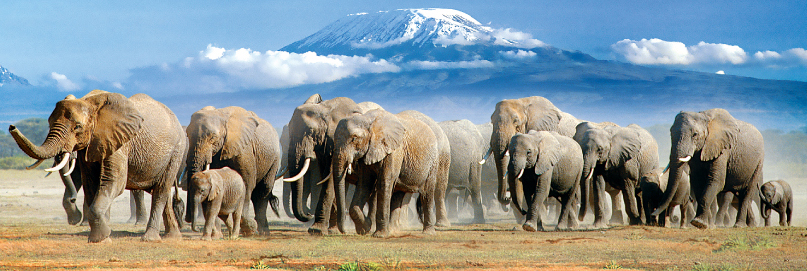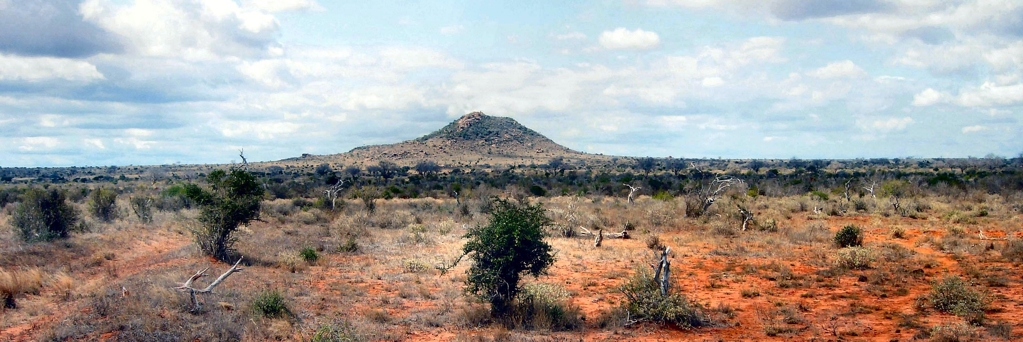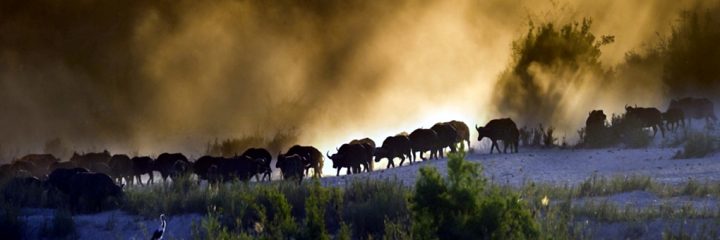Kenya Wildlife
Kenya is still a land where there are the greatest number and greater variety of animals.
And the bigger it is the Big Five: Elephant, Rhinoceros, Lion, Buffalo and Leopard.
The large mammals also include the Cheetah, the “cousin” of the Leopard.
Another large mammal is the Hippopotamus. It is the second land animal in size. It can reach a weight of 2 tons.
The animal that more and better excites the imagination of children is the Giraffe. There are three main species: the Maasai giraffe (live in southern Kenya and Tanzania), the reticulated giraffe (he lives in northern Kenya) and the Rothschild giraffe (he lives in western Kenya and northern Uganda). The giraffe has the language (black) longest of all mammals which can reach up to 45 centimeters.
The Zebra it is seen throughout East Africa. It is always very active; day moves, rests at night. The zebra is also able to digest the heavier foods. In fact, so even he survives where other animals can not find anything to eat.
The savannah full of shrubs found in this part of Africa welcomes the extraordinary variety of Antelopes of the world. There are about 30 different species ranging from Eland (the largest) to Dik-dik.
The small cats are all pretty much the evolution of the legendary Cat fawn of Egypt and the African golden cat, the Cat of the sands, the Caracal, the Serval or African Leopard. They weigh 2 to 3 pounds, with a poorly developed sense of smell, hearing boast exceptional and excellent views. Carnivores, feed on small prey.
The Canidae family includes small carnivores related to the dog.
They are essentially two kinds of Jackals: the Side-striped jackal and the Black backed jackal. Another widespread canid is the Bat-eared Fox.
Among those who are called the gregarious hunters, the larger one is the African Wild Dog. Hunting in packs preying on Antelopes, Zebras, Gazelles and Wildebeests. The predator par excellence, however, is the Hyena, included in the family of Hyenids, which has one of the strongest jaws. He manages to devour the bones of their victims. It is divided into two groups: the spotted and striped hyena. Typically they pounced on the remains of victims of other predatory animals. The hyenas are content to finish the remains of carcasses.
Among small mammals, carnivores, herbivores and a good number of omnivorous monkeys can be classified..
The Mustelidae family includes especially Weasels and African Otters. They live in the woods, in the bush and grassy areas. They offer a wide repertoire of vocal sounds and repel the enemies thanks to a repulsive odor that can produce the secretion of their anal glands.
The Mongooses are mammals representing the Herpestidae family and belonging to the order of carnivores. They live in groups, are quick and agile in their movements, they move in the bush showing off their vocal skills. Their best defense is shelter in the nearest hole to avoid the aggression of the largest carnivores.
The Hyraxes, also called dassies (in Afrikaans language), are the closest relatives of the elephants. Although being of tiny specimens, with elephants share a number of similar characteristics: forged nail claw which in reality are the hooves; two breasts are located between the lower limbs; internal testes; a long seven months gestation.
The Baboons are the largest specimens in the family of Cercopithecuses. It is robust monkeys, with the round head and the protruding snout. They live in groups, and like many other animals, females are the fundamental element. Only one male is rather the group’s leader. It is the one which has the coupling task. The most common species in this area of Africa is the Vervet . Agile, lean, long-tailed, lives in groups. Equipped with an excellent view, it also boasts an exceptional hearing, and has a poor sense of smell. This type of monkey is omnivorous: eats everything from herbs to flowers, but also insects, reptiles, birds and eggs.
See also: List of mammals of Kenya.
In Kenya have been identified, to date, over 1100 species of Birds (click on the link and see: “Kenya Birdwatching”, “Kenyan Birds” and “Kenya – Les oiseaux” ), then you can well understand the value that the whole region assumes for ornithologists. The habitat so varied and consists of many different elements together, enable this region to offer the birds a great environment.
It is estimated that annually migrate to Africa about 6000 million birds. In East Africa there is winter or summer. The temperatures remain more or less the same. The only difference is the humidity. And the birds instinctively know when to stop or go. Along the coast, the tropical climate allows the birds to easily find food.
The Sanderling, the Whimbrel, the Ringed Plover, the Ruddy Turnstone, the Greenshank, the African Oystercatcher, are some of the migratory species that in the spring they return to the north to breed.
Among the races settled the Gray Heron, the Mangroves Kingfisher, the Night Heron are the protagonists of a bird scene really fascinating.
Along the rivers they live eight species of Storks that with their huge bill will delight the most diverse prey.
The other great bird of sure appeal is the Eagle. With its majestic flight, the wingspan by itself is sufficient to instill in the observer a sense of respect that very approaches to the fear. The Tawny Eagle, the Martial Eagle, the Wahlberg’s Eagle feed on small mammals, Guineafowls, Francolins, while they go to drink.
Among the lake birds, the whole series of Pelicans and Flamingos can be observed, especially the pink ones. In the category of lowland birds there are the Larks and the Wagtails. It stands out among others the terrible Marabou Stork, a scavenger that, like Vultures, is drawn from the carcasses of dead animals and landfills.
See: Kenya Birds
See also: List of Birds of Kenya
Kenya Bird Checklist, lists all bird species found in Kenya, and is based on the latest available information.
See also: Natural History of Kenya
Here is the list of the main members of the animal kingdom in Kenya.
Kenya Wildlife
Antelopes (Impala-Waterbuck-Eland-Topi-Hirola-Kudu-Oribi-Klipspringer-Bushbuck-Sitatunga-Kirk Dik Dik-Eastern Bohor Reedbuck-Bongo)
Letal snakes in Kenya (Black & Green Mamba-Boomslang-Twig Snake-Cobra-Puff Adder-Vipers-Python)
Primates (Bushbaby-Baboon-Vervet-Colobus-Mangabeys-Blue Monkey)
Canids and Hyenids (African Wild Dog-Bat-eared Fox-Hyena-Jackal-Aardwolf)
Suidae (Warthog-Giant Forest Hog-Bushpig-Red river hog)
In the pristine kingdom of animals


